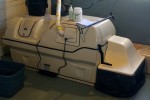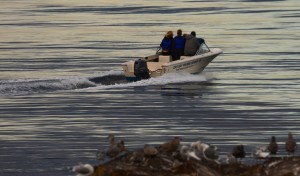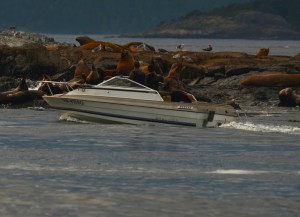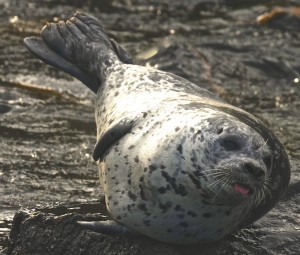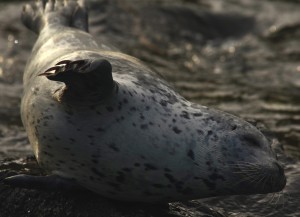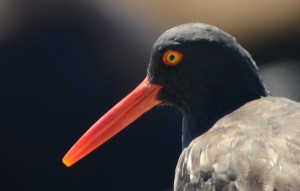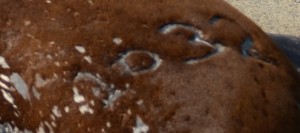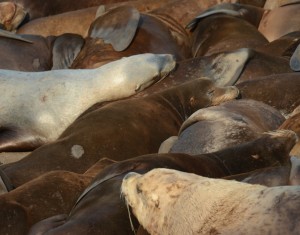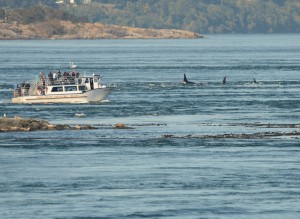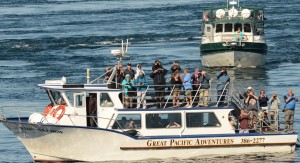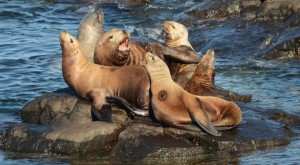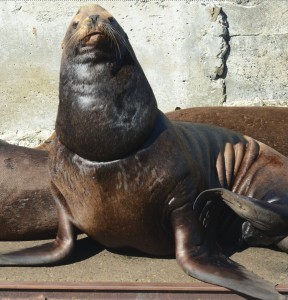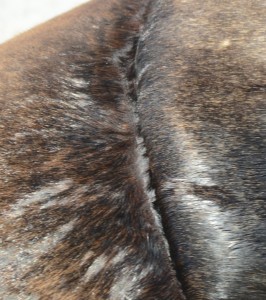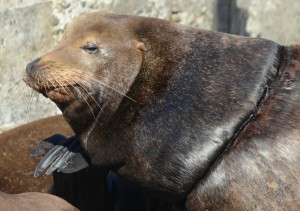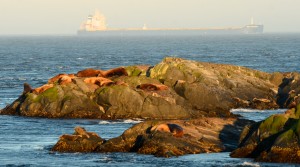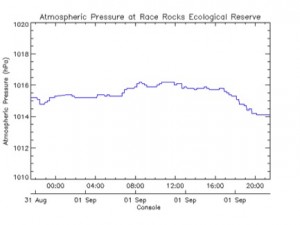The wind blew at about 15 knots from the northeast for the daylight hours. A swell with small whitecaps from the northeast died down at noon. The barometer dropped slightly from 1031 to 1029 hPa. The sky was clear all day.
There were six whale watching boats seen in the reserve today. The only other boat was the Race Rocks boat making a round trip to Pedder Bay at noon, for an Ecoguardian switchover.
Over the weekend, Jeff completed the installation of the new composting toilet in the Ecoguardian’s house. It’s a big step up from the humanure system that was in place before. The new waterless system has a unit in the basement, directly below the toilet, that decomposes the human waste and only needs to be emptied once a year. An identical unit is going to be installed in the Marine Science Centre, once some minor wall demolition happens to accommodate unit in the basement.
- The bio-drum and collection chamber of the new Centrex 3000 composting toilet in the Ecoguardian’s House.
At 14:00, there were two or three humpback whales within a few hundred metres of the northeast of Great Race Rocks. They made their way to the south, diving for five minutes at a time and then resurfacing. Two whale watching boats remained with them for about 45 minutes, sometimes very close to the whales.
- The fluke of a humpback whale, with the shoreline of Esquimalt in the background
- The spray can be seen from two humpback whales between two whale watching boats. Mt. Baker is in the background.
- The fluke of a humpback whale a few hundred metres off of the northeast of Race Rocks

